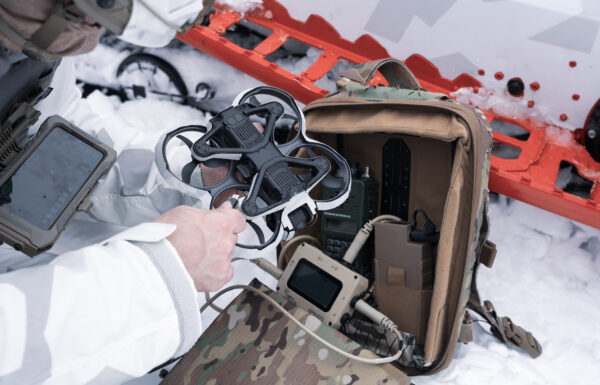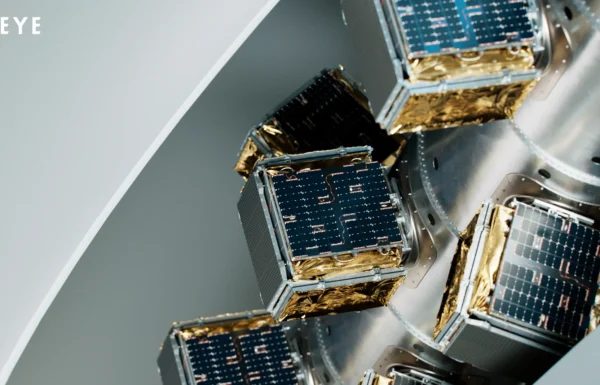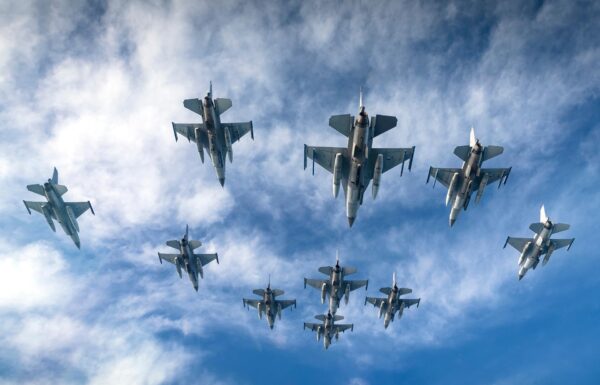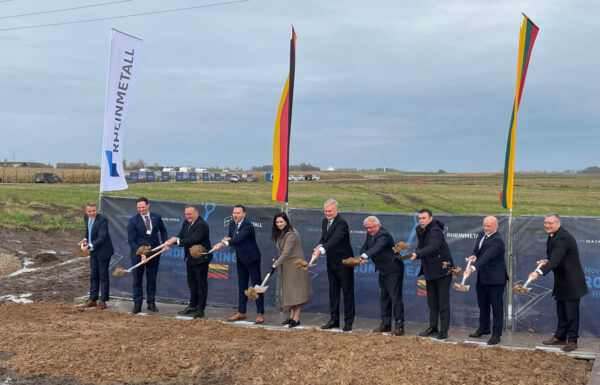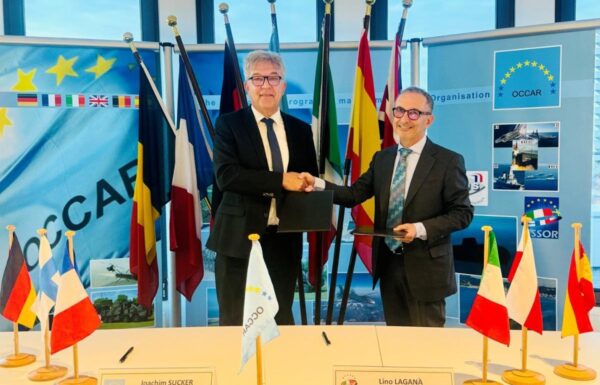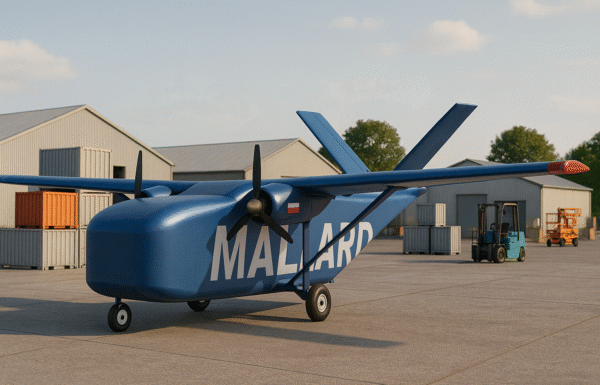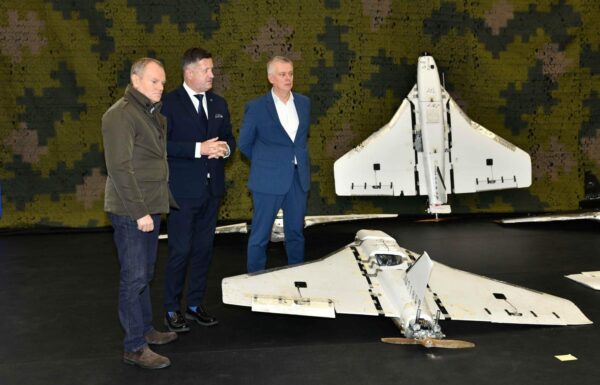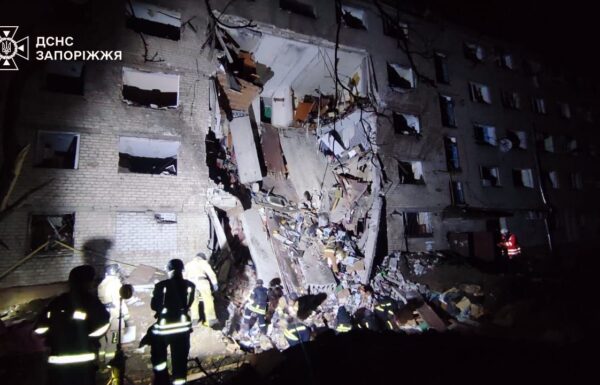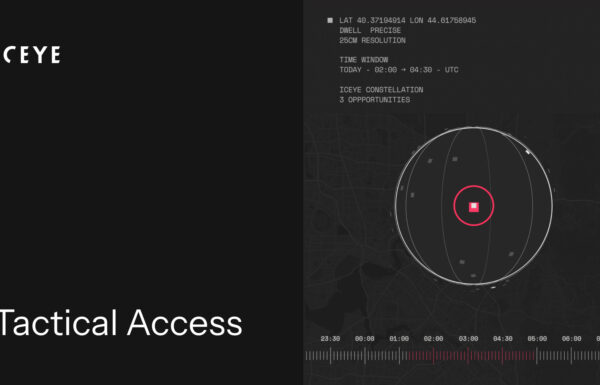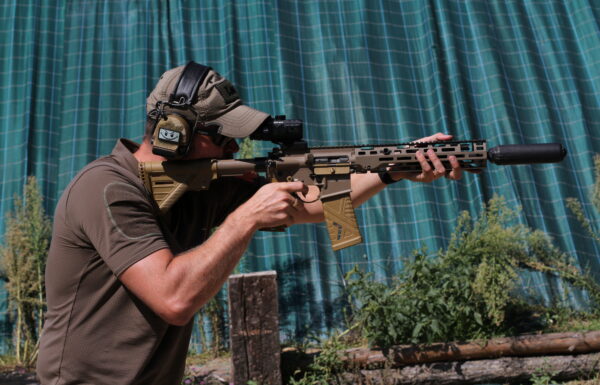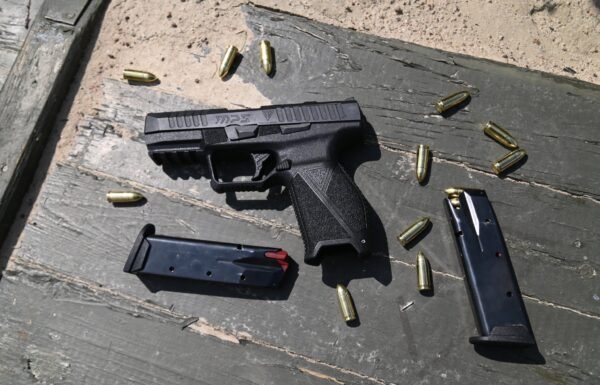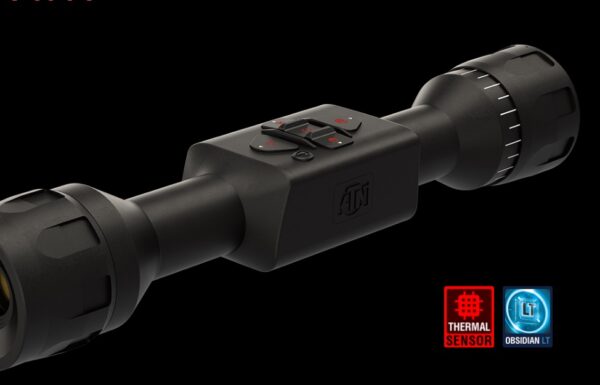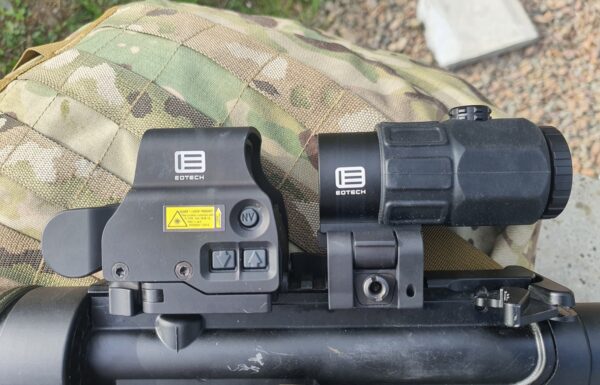Hanwha Aerospace is part of the Hanwha Group, the seventh-largest conglomerate in the Republic of Korea. Its operations span the aviation, space, mechatronics, security, and military production industries. Hanwha Aerospace has been successfully developing its activities in these areas since 1977.
Aviation Engines
One of the fields in which Hanwha Aerospace has achieved significant success is the production of jet engines. This activity began in 1979 when the company started performing heavy overhauls (D-level maintenance) of turbojet engines. Over time, it expanded into the production of engine components, eventually leading to full-scale engine manufacturing. It is important to note that in the aviation industry, engine production, particularly turbojet engines, is one of the most technologically advanced areas of manufacturing.
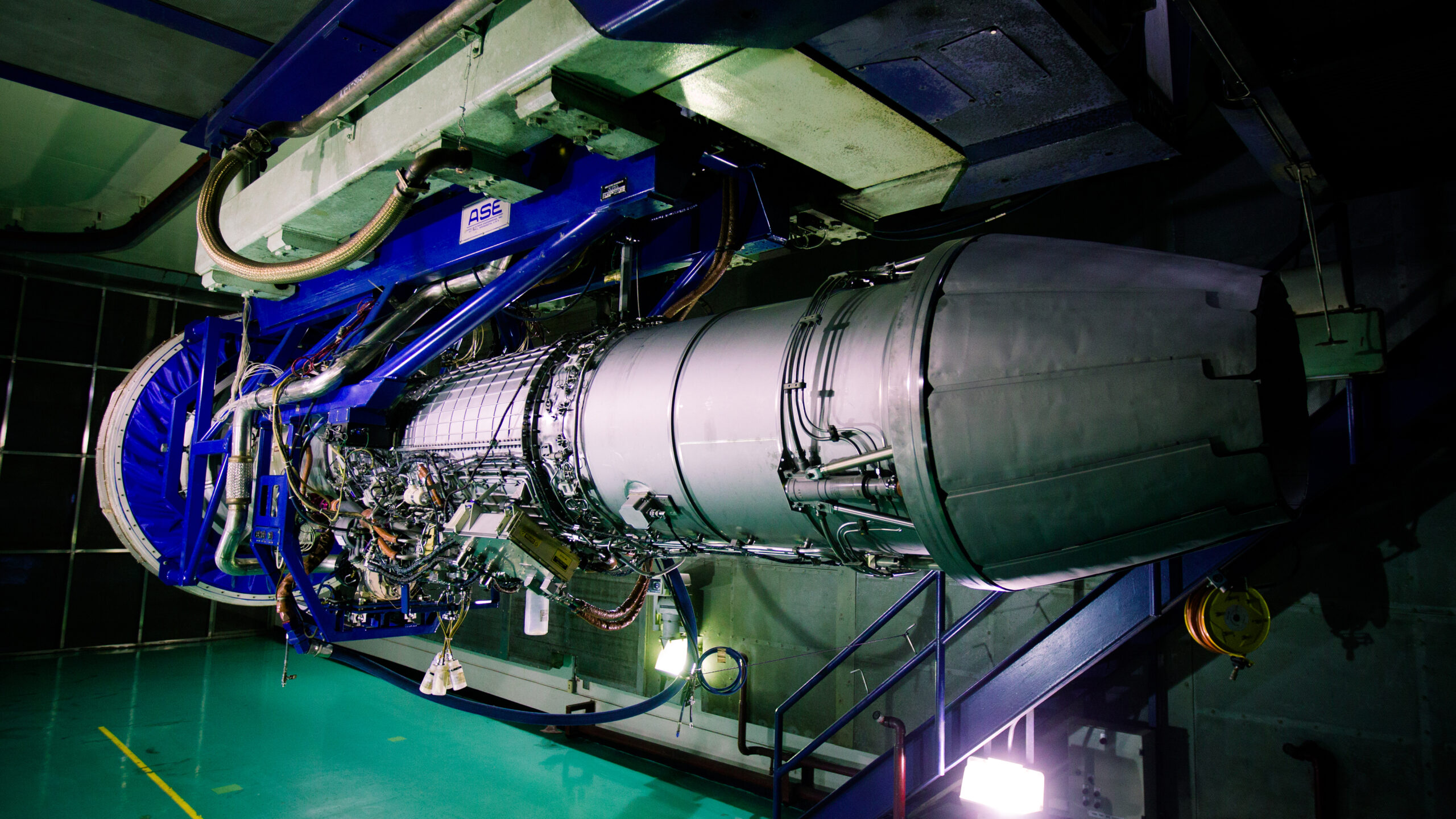
Hanwha Aerospace has been engaged in aircraft engine overhauls for many years / Photo: Hanwha Aerospace
Over nearly half a century, Hanwha Aerospace has produced over 10,000 aircraft engines, both for its own military aviation needs and for foreign clients. Aircraft engines manufactured by the company power the Republic of Korea Air Force’s F-15K fighter jets and T-50 trainer aircraft. The KUH Surion helicopters used by the Korean Army are also equipped with engines produced by Hanwha Aerospace.
A separate chapter in the company’s operations is its collaboration with the American corporation General Electric in developing the engine for the next-generation KF-21 fighter jet. Through this program, Hanwha Aerospace is developing unique, advanced capabilities in manufacturing modern aircraft engines. These capabilities are expected to be utilized in future KF-21 Block 3 fighter jets as well as in combat unmanned aerial vehicles.

The Korean company gradually transitioned from manufacturing parts and components to producing entire aircraft engines. / Photo: Hanwha Aerospace
Hanwha Aerospace’s activities in the field of aircraft propulsion are not limited to military production. The company also has significant experience gained through collaboration with industry giants such as Rolls-Royce, Pratt & Whitney, and the aforementioned GE in the production of civilian engines. In 2016, Hanwha Aerospace established a joint venture in Singapore with P&W, focused on the development of next-generation jet engines. In its pursuit of cost competitiveness and increased production capacity, Hanwha Aerospace built a manufacturing facility in Vietnam in 2017.
The Space Industry
Hanwha Aerospace is a pioneer among Korean entities in the space industry. It is the first non-research institution to develop its own proprietary and innovative solutions in space technology. Hanwha Aerospace approaches space-related challenges comprehensively, advancing technical solutions for both launching objects into space and producing satellite observation and communication systems.
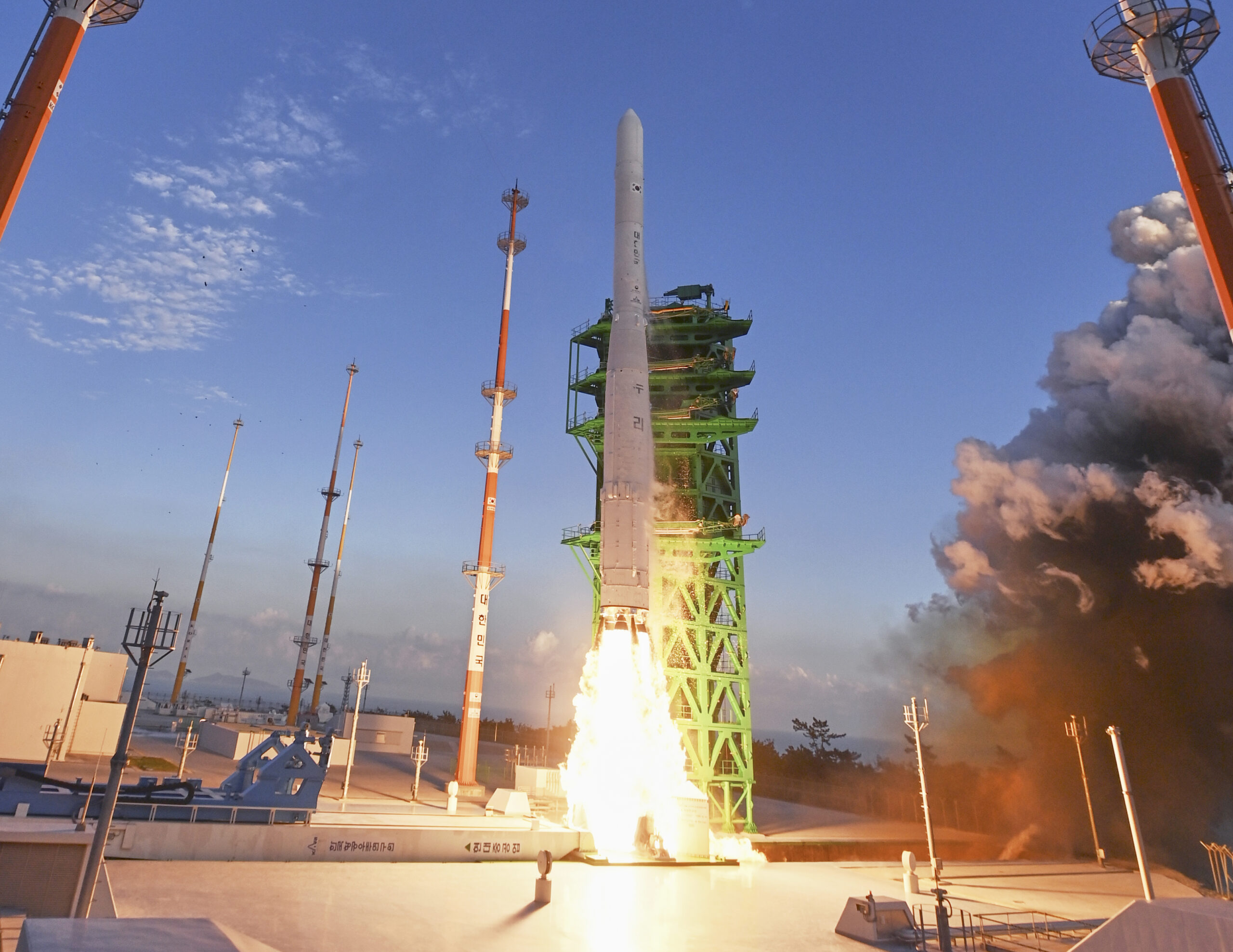
Launch of the Korean KSLV-II Nuri rocket, developed in collaboration with Hanwha Aerospace / Photo: Korea Aerospace Research Institute
In the field of satellite launches, Hanwha Aerospace is involved in the production of rocket components, the development and manufacturing of space propulsion systems, and the integration of systems for launching objects into space.
The company has 25 years of experience in the space industry. Its first program, the KSR-III rocket powered by liquid fuel, began in 1999. This rocket was launched in November 2002, carrying an Earth observation satellite.
Years of accumulated expertise led to the successful launch of the three-stage KSLV-II Nuri rocket in 2022, placing an Earth observation satellite into orbit. This achievement made the Republic of Korea the seventh country in the world capable of launching satellites weighing up to 1.5 tons into space. In this program, Hanwha Aerospace was responsible for the construction of the 75-ton liquid-fuel engine, fuel flow control valves, and rocket attitude control systems.
In December 2022, Hanwha Aerospace became the integrator for the KSLV rocket modernization program. The following year, the third, upgraded KSLV-II rocket was successfully launched, carrying an artificial Earth satellite developed by the Korean industry.
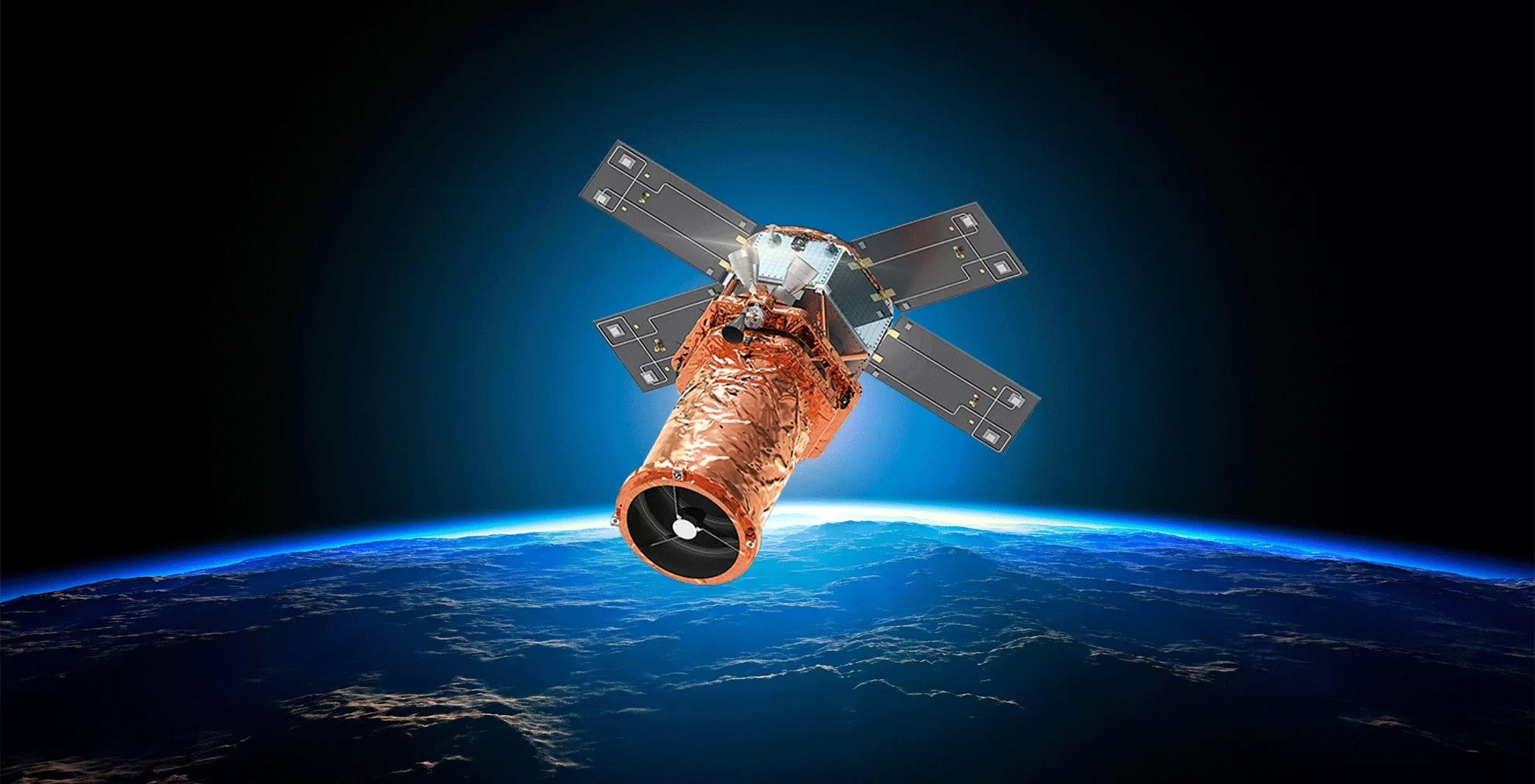
The Korean Space Eye-T satellite, providing high-resolution images of Earth’s surface / Photo: Satrec
In 2024, Hanwha Aerospace was designated by the government of the Republic of Korea as the integrator for the development of the next-generation KSLV-III rocket, an advancement of the KSLV-II design, in collaboration with the Korea Aerospace Research Institute. The goal of the project is to develop and launch a Korean lunar research module by 2032.
However, space propulsion is not the only focus of Hanwha Aerospace in the space industry. Another area of development is satellite construction. A notable example is the constellation of Korean Space Eye-T satellites, which provide high-resolution images of Earth’s surface. This constellation was developed as part of the Satrec initiative, under which Hanwha Aerospace not only manufactures satellites but also utilizes satellite data. The initiative also explores ways to expand business opportunities using data obtained from space.
Military Ground Systems
In addition to the aforementioned K9 self-propelled howitzers, Chunmoo multiple rocket launchers, and Redback infantry fighting vehicles, Hanwha Aerospace is developing MUM-T (Manned-Unmanned Teaming) systems. These systems are being advanced in the Republic of Korea to enhance combat effectiveness and reduce human casualties on future battlefields. In December 2023, the company’s autonomous and robotic reconnaissance systems, Arion-SMET — multi-purpose unmanned vehicles equipped with automatic terrain navigation systems developed by Hanwha Aerospace — successfully completed Foreign Comparative Testing (FCT) conducted by the US Marine Corps at the Marine Corps Training Area Bellows (MCTAB) in Hawaii. During these tests, the vehicles demonstrated various autonomous driving functions and transport capabilities.

K9A1 self-propelled howitzer, one of Hanwha Aerospace’s most well-known products in Poland / Photo: Grzegorz Sobczak, MILMAG
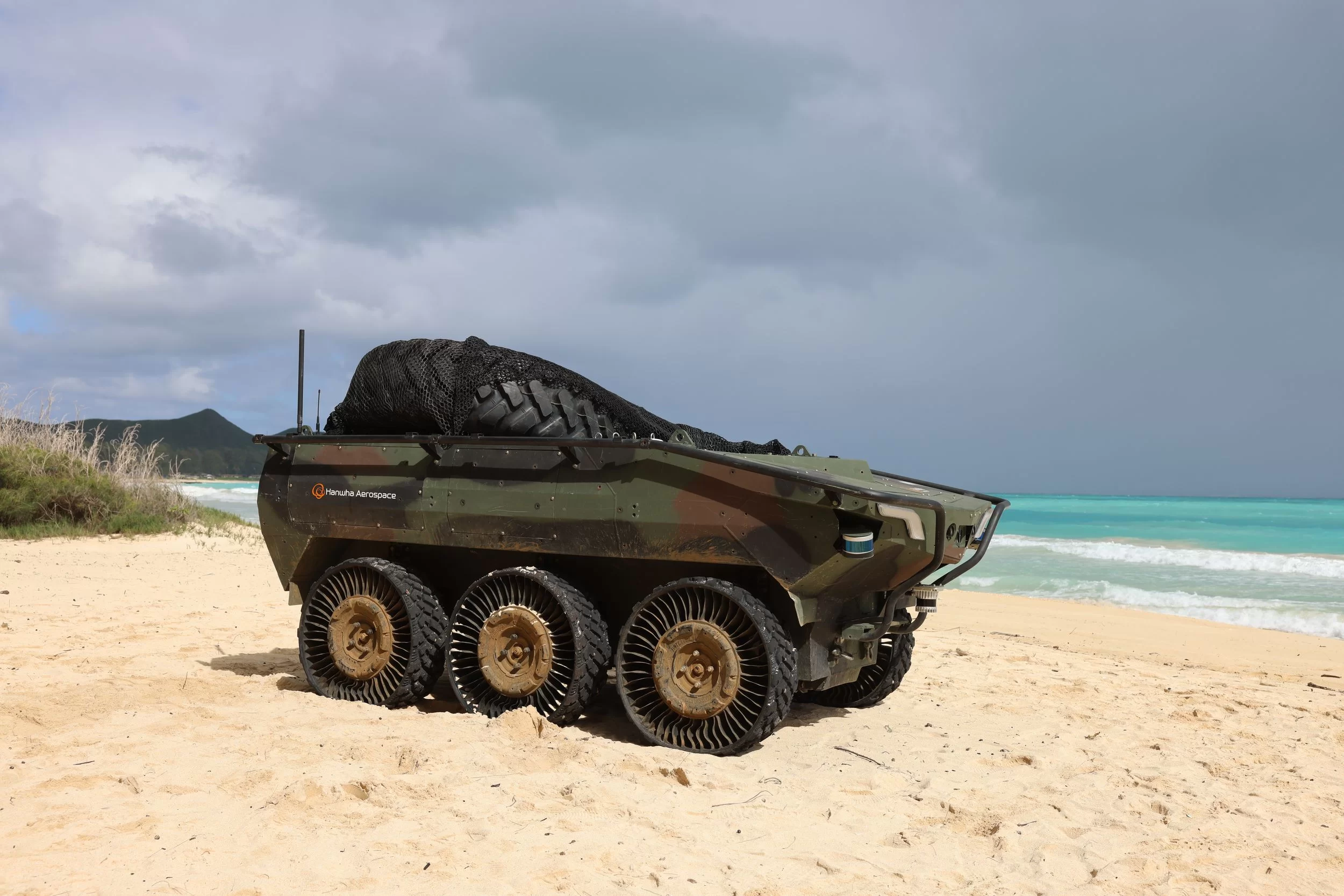 Arion-SMET – a multi-purpose unmanned vehicle during trials at the Marine Corps Training Area Bellows / Photo: Hanwha Aerospace
Arion-SMET – a multi-purpose unmanned vehicle during trials at the Marine Corps Training Area Bellows / Photo: Hanwha Aerospace
Another area of the company’s operations is the production of air defense systems. In this field, Hanwha Aerospace is developing systems to counter aircraft and missiles. These include the Hybrid Biho system, designed to combat aircraft and missiles at low altitudes. The company is also working on the Chungoong system, a medium-level air defense system capable of intercepting medium-range ballistic missiles. This system is a key component of the Republic of Korea’s air and missile defense strategy. Additionally, Hanwha Aerospace is developing a system to counter long-range ballistic missiles, significantly enhancing Korea’s missile defense capabilities.
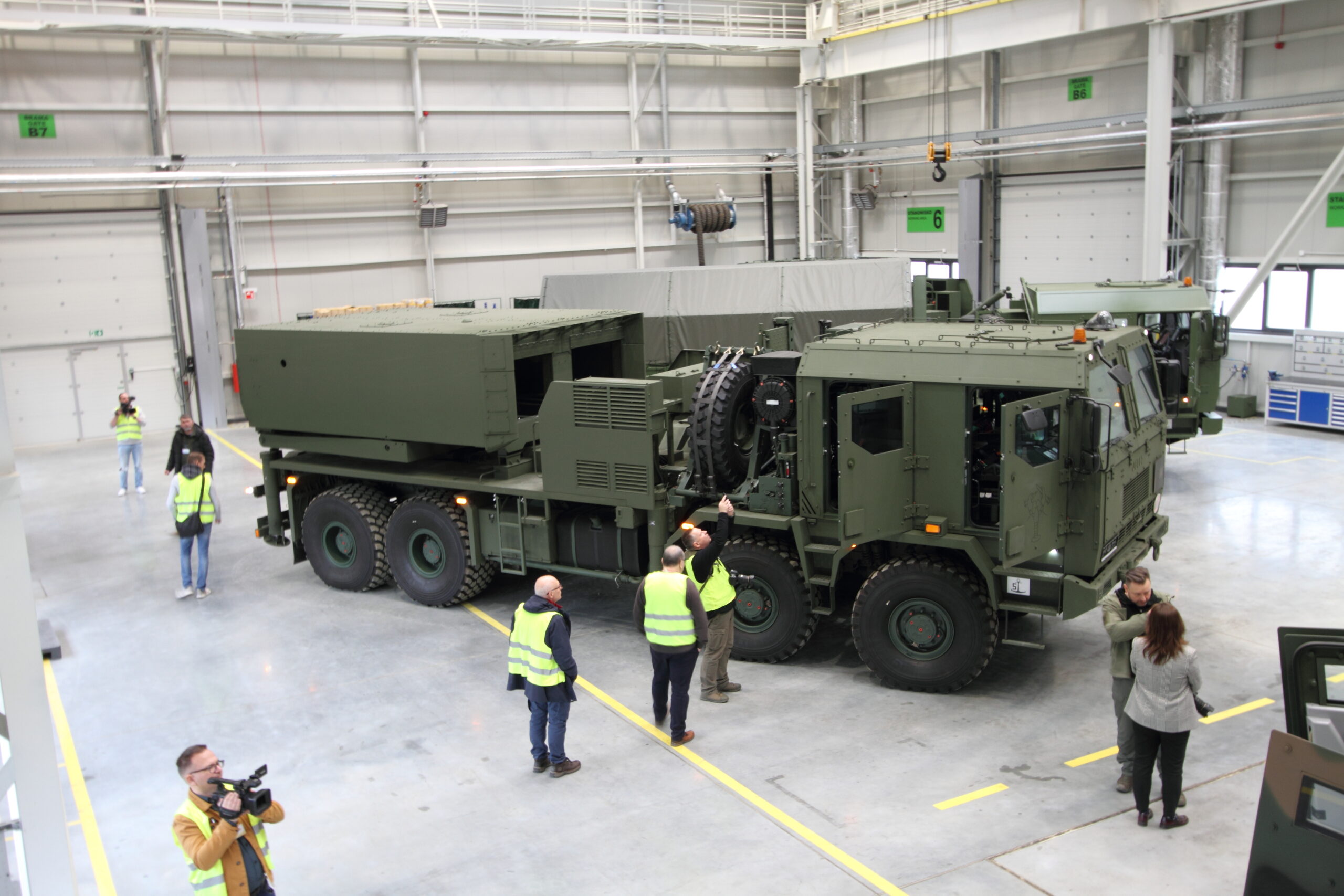
Another well-known product of Hanwha Aerospace is the K239 Chunmoo multiple rocket launcher, which is being installed in Poland on a chassis produced by the company Jelcz (pictured) as part of the Homar-K program. / Photo: Grzegorz Sobczak
Aircraft Technical Support
Hanwha Aerospace also offers comprehensive services in aircraft maintenance, repair, and overhaul (MRO), enabling clients to increase the efficiency of their fleets. This activity encompasses a full range of services, including structural overhauls of aircraft (D-level maintenance), diagnostics, and the supply of spare parts.
Leveraging decades of experience in MRO operations and the specialized knowledge gained over that time, Hanwha Aerospace aims to expand its aircraft maintenance services and become a global provider of comprehensive MRO solutions.
Marine Propulsion Systems
Hanwha Aerospace is one of the global leaders in developing a sustainable marine ecosystem through its environmentally friendly electric energy storage system (ESS) technology. The Electronic Propulsion System (EPS) developed by Hanwha Aerospace, which forms the foundation of its marine solutions, incorporates advanced safety technologies. The company is also the exclusive supplier of lithium battery systems for submarines.
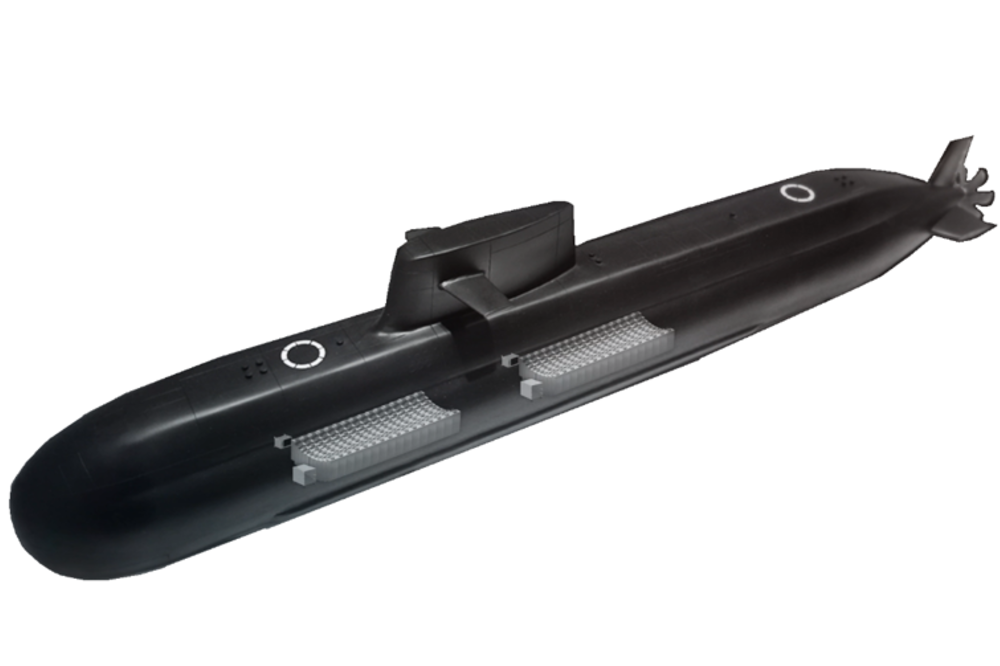
Hanwha Aerospace provides a submarine power system that includes lithium-ion batteries combined with fuel cells for the KSS-III submarine, which is being offered to Poland as part of the Orka program.
/ Image: Hanwha Aerospace
Hanwha Aerospace delivers advanced propulsion technologies, such as hydrogen fuel cell systems for submarine propulsion. This system can also be applied to the propulsion of civilian ships, addressing market demands for making maritime transportation more environmentally friendly and reducing atmospheric emissions.
It is worth noting that this innovative submarine power system, which includes lithium-ion batteries combined with fuel cells, is part of the Republic of Korea’s offering for the Polish Orka submarine program. The KSS-III submarine, proposed for purchase by the Polish Navy, is equipped with this power system.
Hanwha Aerospace also supplies modern marine engines, such as the LM 2500 and LM 500, along with generators (gas turbines) for key vessels of the Korean Navy, including destroyers and patrol ships.
Thus, Hanwha Aerospace operates in many areas of technology. In several of these fields, the company boasts numerous proprietary innovative solutions, securing its strong position among enterprises driving the continuous modernization of various industrial sectors.
This article was created in collaboration with Hanwha Aerospace


